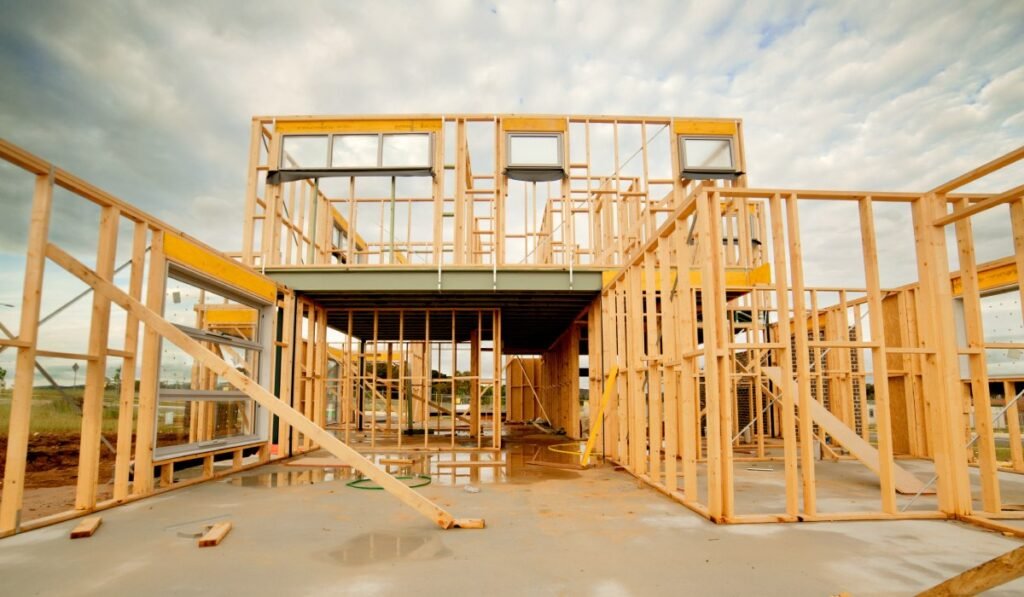With 2024’s instalment serving as the eighth in the series to date, Stamford Capital’s Real Estate Debt Capital Markets survey incorporates data from more than 100 active lenders in breaking down how the last 12 months have impacted Australia’s debt capital markets, and how the market might look leading into FY25.
Notably, this year’s survey marks the first dataset to examine the impact of the Independent Construction Industry Rating Tool (iCIRt) rating system on lending since its introduction to NSW in 2022.
Peter O’Connor, managing director of Stamford Capital, acknowledged that “builder insolvency has been a huge issue for the industry to contend with” and stated that “NSW’s iCIRT has removed the guesswork, minimised risk and delivered greater certainty for both lenders and buyers in NSW”.
The survey’s findings relayed that iCIRT ratings have been rapidly accepted, with a third of lenders surveyed indicating that they took iCIRT ratings into account or plan to do so in 2024. It also showed that 43 per cent of lenders had rejected a loan due to a poor iCIRT rating.
All in all, 82 per cent of lenders have increased their due diligence as a result of builder insolvencies and elevated construction costs.
From this trend, Stamford Capital’s historical data revealed a 53 per cent increase in finance application turnaround times when compared to two years prior.
The lengthier process was chalked up to the due diligence becoming increasingly comprehensive, inclusive of more thorough “analysis, scrutiny and stress testing” of builder financials and engagement of third-party specialists to provide additional insights on builders and their financials.
Even as wait times blow out, lending appetite has remained robust with 90 per cent of lenders surveyed planning to increase their loan book.
“Despite these challenges, lending appetite remains strong for developments with quality builders with plenty of liquidity in the market, while pre-sale and ICR hurdles are moving in an expansive direction,” O’Connor remarked.
Stamford Capital, however, cautioned that Australia’s housing crisis is “far from over”, stressing the bulk of developments within the pipeline are targeted for the luxury end of the market as opposed to delivering affordable housing.
The limited supply of housing, historically low rates of affordability, and ever-rising construction costs and land values are all cited as hindering the delivery of affordable housing stock.
Survey results are supportive of this notion, illustrating that lenders are less likely to invest in the delivery of affordable housing due to tight margins making it difficult to satisfy lending requirements.
And with 39 per cent of survey respondents expecting construction costs to increase further in the next 12 months, Stamford Capital deemed the conditions associated with the development of affordable housing unlikely to improve.
According to O’Connor, “from the lending perspective it is hard to see when the housing crunch will ease. Fundamentals simply don’t stack up to develop new residential stock suited to entry-level buyers in our major capitals”.
“As a result, the pipeline continues to focus on more high-end product, with premium pricing – leaving first home buyers with little choice,” he concluded.

